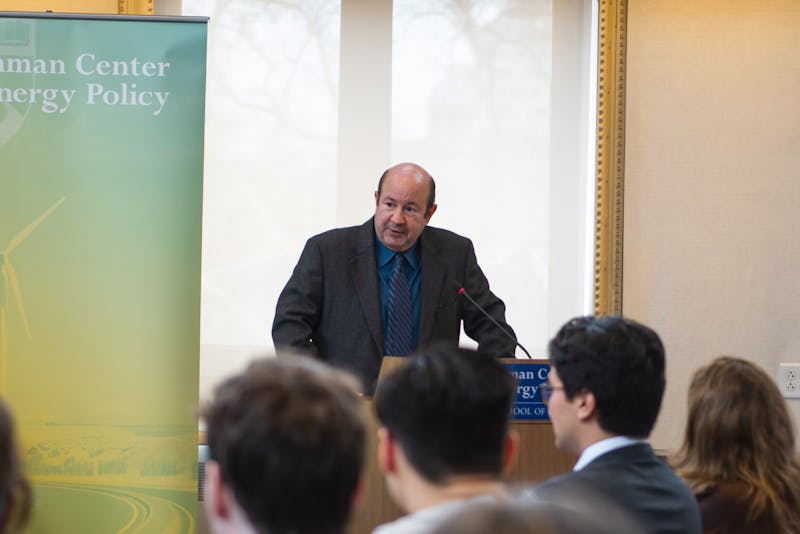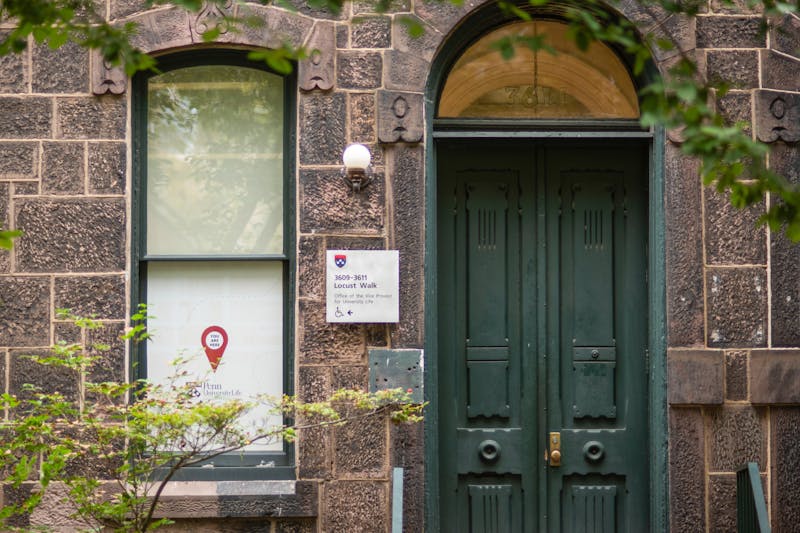Native-American, black and Latino applications stayed constant in 1997. Fueled by a sharp increase in applications from Asian-American students, early-decision applications from minorities rose sharply this year --Ealthough the number of African-American, Latino and Native-American applicants did not change significantly from last year. Early-decision applications to the Class of 2002 --Ewhich increased for every undergraduate division except the Nursing School -- hit an all-time high of 2,116 applicants, according to Admissions Dean Lee Stetson. The number slightly exceeds preliminary early-decision projections Stetson released earlier this month. But while applications increased by more than 15 percent compared to the 1,834 received last year --Ewhen a crime wave spurred a sharp decline in early applications -- this year's figures represent only a 3.5 percent increase from the 2,046 received for the Class of 2000. The University's jump in the U.S. News and World Report ranking of the nation's best schools will affect Penn's early-decision numbers "more in the years to come," Stetson said. Minority applications increased from 567 last year to 708 this year, but the rise was more than accounted for by a jump in the number of Asian-American applicants, which rose from 432 for the Class of 2001 to 579 for the Class of 2002. Application from Latino students, by contrast, declined from 71 to 67, while applications from African-American students rose only slightly, from 58 last year to 62 this year. As with last year's class, only one Native-American student applied early to the University. The University's plans aimed at minority permanence focus on these underrepresented groups and don't concentrate heavily on Asian Americans. Applications submitted by legacies, students whose parents or grandparents attended the University, rose from 250 last year to 307 this year. The College of Arts and Sciences, the Wharton School, and the School of Engineering and Applied Science saw a jump in the number of early-decision applications, while applications to the Nursing School declined. The College received 1,237 applications this year, compared to 1,155 submitted by early-decision applicants to the Class of 2001 and 1,297 to the Class of 2000. Wharton received 602 applications this year, compared to 472 received last year and 538 submitted by early- decision applicants the year before. Engineering applicants also increased in number, from 183 two years ago and 172 last year to 250 this year. Nursing School early-decision applications fell from 35 last year to 27 this year. The three dual-degree programs also experienced a substantial increase in applications. The International Studies and Business program between the Wharton School and the College received 61 applications this year, compared to 38 last year. The Management and Technology program between the Wharton and Engineering schools received 72 early decision applications this year, compared to the 40 received last year. And the Health Care Management program between the Wharton and Nursing schools -- the University's newest and smallest dual-degree program -- was consistent with seven applications. Additionally, the average Scholastic Assessment Test scores of early-decision applicants to the University increased to 1,330 from the 1,318 average of applicants to the Class of 2001 and the 1,310 average of applicants to the Class of 2000. Stetson emphasized, however, that the numbers reflect only the scores of applicants, not those of accepted students. Geographically speaking, early-decision applications increased almost everywhere. Early applications from international students went up from 149 last year to 207 this year. Applications submitted by Californians and Floridians reached an all-time high this year, with the number of Californians increasing from 119 last year to 156 this year. And 90 Floridians applied this year, compared to the 76 who applied last year. The only state with a substantial decrease was Massachusetts, where applications fell from 86 last year to 76 applicants for the Class of 2002. Early-decision candidates -- who must attend the University if accepted early -- should constitute approximately one third of the Class of 2002, Stetson said. By December 15, the Admissions office should notify students whether they have been accepted, deferred or rejected.
The Daily Pennsylvanian is an independent, student-run newspaper. Please consider making a donation to support the coverage that shapes the University. Your generosity ensures a future of strong journalism at Penn.
DonatePlease note All comments are eligible for publication in The Daily Pennsylvanian.







